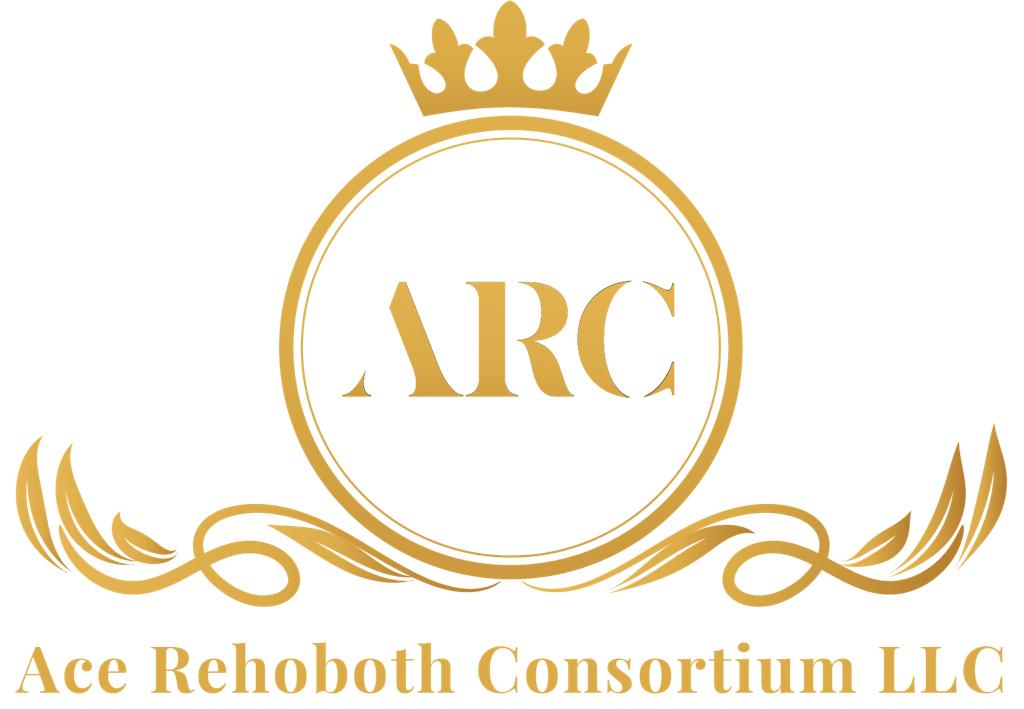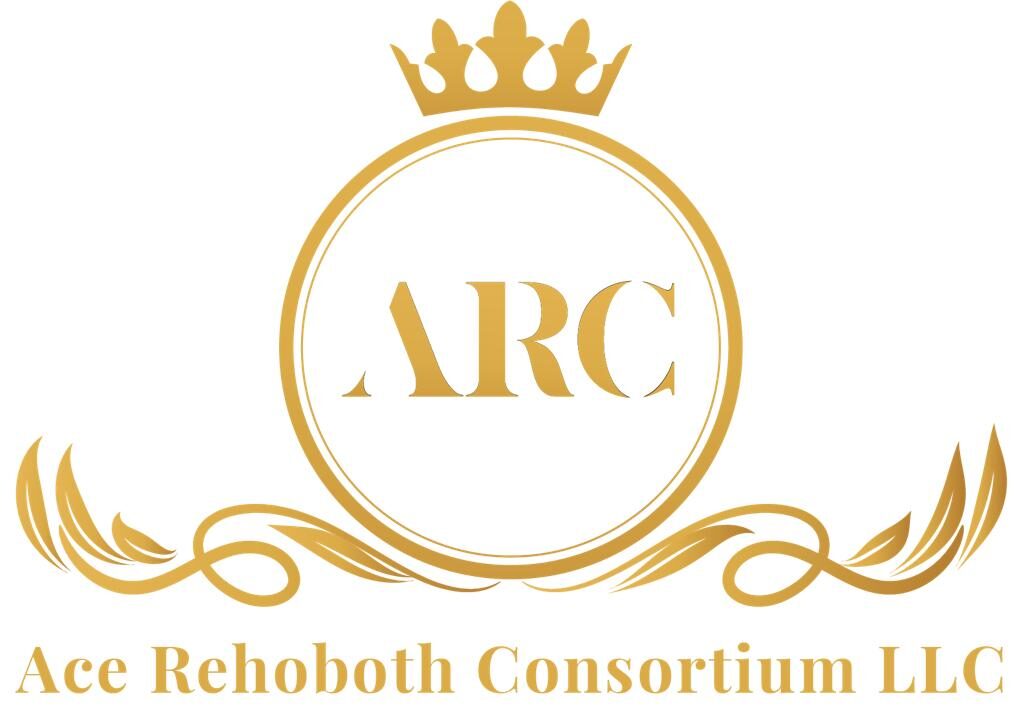September is Life Insurance Awareness Month, a time dedicated to highlighting the importance of life insurance in safeguarding the financial future of your loved ones. Whether you’re just starting a family, buying a home, or planning for retirement, now is an excellent opportunity to assess your coverage and ensure it aligns with your current needs. Life insurance can be an ideal solution for providing peace of mind during life’s critical stages. Among the various types available, term life insurance stands out as a popular and affordable option. But what is term life insurance, and how does it work?
Term life insurance offers coverage for a specific period, typically ranging from 10 to 30 years. It pays out a death benefit to beneficiaries if the insured person dies during the policy term. This article will explore the basics of term life insurance, its functionality, and the different types of policies available. We’ll also look at how it differs from whole life insurance and discuss using a life insurance calculator to determine coverage needs.
What is Term Life Insurance?
Term life insurance is a straightforward and cost-effective way to provide financial protection for loved ones. It offers coverage for a specific period, typically ranging from 10 to 30 years. This type of insurance is designed to meet temporary needs and provide peace of mind during critical life stages.
Definition
Term life insurance is a contract between a policyholder and an insurance company. If the insured person passes away within the policy’s term, the insurer pays a death benefit to the named beneficiaries. This benefit is usually paid out income tax-free, unless the premiums were paid with pre-tax dollars.
The concept of term life insurance can be compared to renting an apartment. It’s intended for a limited time, often less expensive than purchasing, and doesn’t build equity. At the end of the term, the coverage expires unless renewed or converted.
Key Features
Term life insurance has several distinctive characteristics that set it apart from other types of life insurance:
- Affordability: It’s generally the cheapest way to buy life insurance coverage, making it an attractive option for those on a budget or just starting out.
- Fixed Term: Policies have a specific length of time when rates are locked in, typically 10, 15, or 20 years.
- No Cash Value: Unlike permanent life insurance, term policies don’t accumulate cash value over time.
- Renewable Options: Many policies offer the option to renew coverage at the end of the term, although premiums usually increase with each renewal.
- Conversion Possibility: Some insurers allow term policies to be converted into permanent life insurance, providing flexibility as needs change.
- Guaranteed Death Benefit: If the insured dies during the policy term, beneficiaries receive a guaranteed payout.
How it Differs from Permanent Life Insurance
The main differences between term life and permanent life insurance (such as whole life or universal life) are:
- Duration: Term life provides temporary coverage for a set period, while permanent life insurance offers lifelong protection.
- Cash Value: Term policies have no cash value component, whereas permanent policies accumulate cash value over time.
- Premiums: Term life premiums are generally lower initially but may increase upon renewal. Permanent life insurance typically has higher, but level, premiums.
- Flexibility: Term life is simpler and more straightforward, while permanent life insurance often offers more complex features and options.
- Purpose: Term life is ideal for covering specific financial obligations that are temporary, such as mortgage payments or children’s education. Permanent life insurance is better suited for long-term needs and estate planning.
Term life insurance is particularly suitable for certain situations:
- Young individuals seeking simple, inexpensive coverage to pay off debts or leave money to a significant other
- Those wanting to lock in low premiums for an extended period while young and healthy
- People in the final decade of their career looking to replace potential lost income for their spouse’s retirement goals
When choosing a term life policy, it’s crucial to consider the length of coverage needed. A common approach is to select a term long enough to see children through college or to cover major financial obligations. While longer terms typically mean higher monthly premiums, they can provide more comprehensive protection and potentially save money in the long run compared to renewing shorter-term policies multiple times.
It’s important to note that term life insurance policies may not be guaranteed renewable. This means that if the policyholder develops a severe illness, the company could refuse to renew coverage at the end of the policy term. This contrasts with permanent insurance, which provides coverage for life as long as premiums are paid, regardless of changes in the insured’s health.
How Term Life Insurance Works
Term life insurance operates on a straightforward principle: it provides coverage for a specific period, typically ranging from 10 to 30 years. This type of insurance is designed to offer financial protection to beneficiaries if the insured person passes away during the policy term.
Policy Terms
When purchasing a term life insurance policy, individuals choose the length of coverage that best suits their needs. Common policy terms include 10, 20, or 30 years, although some insurers offer other durations. The policy remains in effect for the chosen term, provided the policyholder continues to pay premiums.
During this period, the insurance company guarantees a fixed death benefit to the named beneficiaries if the insured person dies. However, if the policyholder outlives the term, the coverage expires, and there is no payout.
Premium Payments
Premiums are the lifeblood of a term life insurance policy. These are regular payments made by the policyholder to keep the coverage active. The cost of premiums is determined by several factors, including:
- Age of the insured
- Health status
- Gender
- Policy term length
- Coverage amount (face value)
- Lifestyle factors (e.g., smoking status, occupation)
Most insurers offer flexible payment options, allowing policyholders to pay premiums monthly, quarterly, semi-annually, or annually. It’s crucial to make timely payments to avoid policy lapse and loss of coverage.
For level term policies, which are the most common, premiums remain constant throughout the policy term. This predictability makes budgeting easier for policyholders.
Death Benefit
The death benefit is the primary feature of a term life insurance policy. It’s the amount of money the insurance company agrees to pay to the beneficiaries upon the insured person’s death during the policy term.
Key aspects of the death benefit include:
- Tax-free payout: In most cases, beneficiaries receive the death benefit tax-free.
- Flexible use: Beneficiaries can use the money for various purposes, such as covering funeral costs, paying off debts, or replacing lost income.
- Multiple beneficiaries: Policyholders can name one or more beneficiaries and specify how the death benefit should be distributed among them.
It’s important to note that the death benefit is only paid if the insured person dies during the policy term. If the policyholder survives the term, no benefit is paid out.
Renewal Options
As the end of a term policy approaches, policyholders have several options:
- Let the policy expire: This might be suitable if the need for coverage no longer exists.
- Renew the policy: Many term policies offer a guaranteed renewability feature, allowing policyholders to extend coverage without undergoing a new medical exam. However, premiums will likely increase to reflect the insured’s current age and risk profile.
- Convert to permanent insurance: Some policies include a conversion option, enabling policyholders to transform their term policy into a permanent life insurance policy without providing new evidence of insurability.
- Purchase a new policy: Policyholders can choose to buy a new term or permanent policy based on their current needs and financial situation.
Each option has its pros and cons, and the best choice depends on individual circumstances, health status, and financial goals. It’s advisable to review coverage needs regularly and consult with a financial professional when considering renewal or conversion options.
Types of Term Life Insurance Policies
Term life insurance offers various policy types to suit different needs and financial situations. Here are the main types of term life insurance policies:
Level Term
Level term life insurance provides a consistent death benefit and premium throughout the policy term. This type of policy offers predictability, making it easier for policyholders to budget and plan. The death benefit remains the same whether the insured passes away at the beginning or end of the policy term.
Key features of level term insurance include:
- Constant coverage amount
- Fixed premium payments
- Typically available for terms of 10, 20, or 30 years
Level term policies are suitable for those who want to ensure their beneficiaries receive a specific amount regardless of when the policyholder dies during the term.
Decreasing Term
Decreasing term life insurance features a death benefit that decreases over time, usually at a predetermined rate. This type of policy is often used to cover specific financial obligations that decrease over time, such as mortgages or business loans.
Characteristics of decreasing term insurance:
- Declining death benefit
- Often tied to the amortization schedule of a loan
- Generally less expensive than level term policies
While the death benefit decreases, premiums for these policies typically remain constant throughout the term. Decreasing term insurance can be a cost-effective option for those looking to protect against specific, diminishing debts.
Renewable Term
Renewable term life insurance allows policyholders to extend their coverage without undergoing a new medical exam or health assessment. This feature provides continued protection even if health issues arise during the initial term.
Key aspects of renewable term policies:
- Option to renew at the end of the term
- No new medical underwriting required
- Premiums likely to increase with each renewal
The renewal option is typically available for a specified period or until the policyholder reaches a certain age, often 70. While renewable term offers flexibility, it’s important to note that premiums will likely increase with each renewal based on the policyholder’s age.
Convertible Term
Convertible term life insurance provides the option to convert the policy to permanent life insurance, such as whole life or universal life, without requiring a new medical exam. This feature offers flexibility for those whose insurance needs may change over time.
Benefits of convertible term policies:
- Option to switch to permanent coverage
- No new health assessment required for conversion
- Ability to lock in insurability based on initial health status
The conversion period varies by insurer but is typically available for a specified number of years or until the policyholder reaches a certain age. This option can be valuable for those who anticipate needing lifelong coverage in the future but prefer the lower premiums of term insurance initially.
Each type of term life insurance policy offers unique features and benefits. When choosing a policy, it’s essential to consider individual financial goals, current obligations, and potential future needs. By understanding these different types of term life insurance, individuals can make informed decisions about which policy best suits their circumstances and provides the most appropriate coverage for their loved ones.
Conclusion
Term life insurance offers a practical and affordable solution for those seeking financial protection for their loved ones. Its straightforward nature, with fixed terms and guaranteed death benefits, makes it an attractive option for many individuals and families. The various types of term life policies, including level term, decreasing term, renewable term, and convertible term, provide flexibility to meet different needs and circumstances.
Ultimately, the choice of a term life insurance policy depends on individual financial goals, current obligations, and potential future needs. It’s crucial to carefully consider coverage amounts, policy terms, and renewal options when selecting a policy. By understanding the basics of term life insurance and how it works, individuals can make informed decisions to protect their families’ financial future.
Ready to explore how life insurance can benefit you and your family? Contact us today for a personalized consultation!

